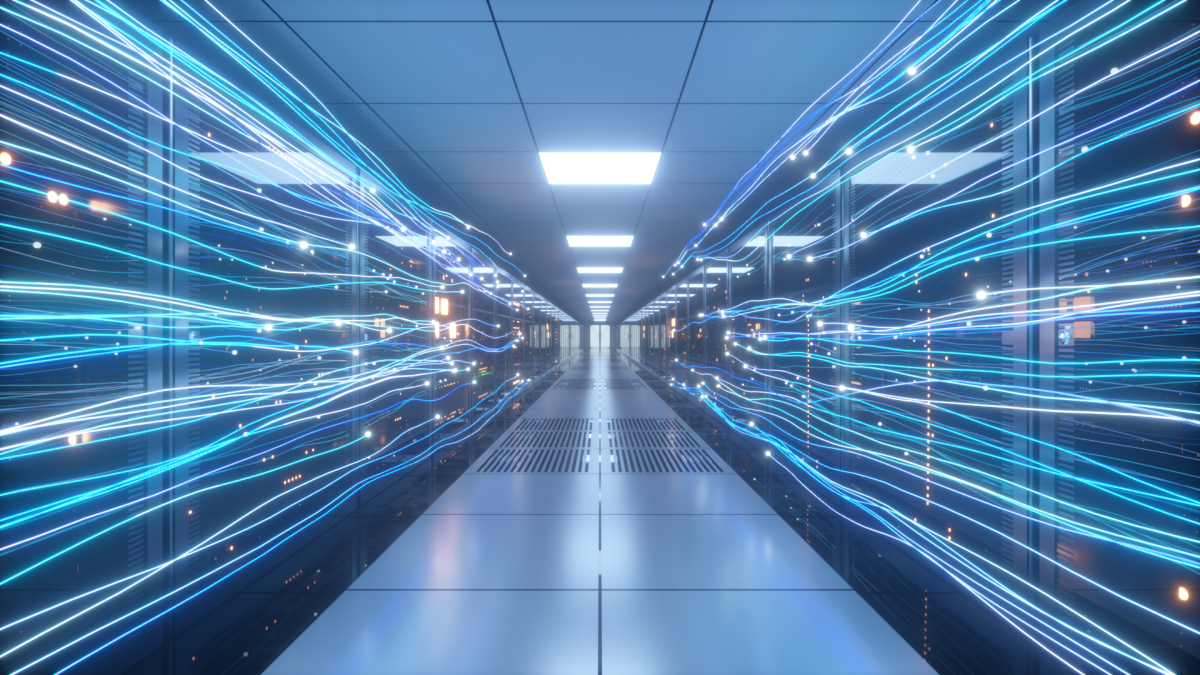Lex Coors, Chief Data Centre Technology and Engineering Officer at Digital Realty, explores the ways in which the company is prepared to navigate change.

The last 12 months have been challenging for consumers, as well as businesses. We are all facing inflationary pressures, rising energy costs and potential shortages, extreme climate events and a volatile geopolitical landscape. This creates uncertainty, which is hard to navigate.
For data centres, which have become the central nervous system of the global economy, it’s essential that we’re equipped to deal with this uncertainty, in all its forms. Not only to support our own customers, but to support society as a whole. Data is now the invisible fabric that holds our digital economy and society together and there’s growing awareness of its importance. Many governments recognise data centres as critical infrastructure, in acknowledgement of our role in powering daily life all over the world, enabling everything from healthcare provision, to e-commerce to financial transactions, to delivering the entertainment we consume daily.
Be prepared
As a global data centre provider, it’s in our DNA to be resilient to risk in all its forms, from cybersecurity through to climate change and energy shortages. Our preparedness also helps to ensure that the critical digital services that society relies on, such as emergency services, are available when needed most. For example, when it comes to dealing with potential problems like energy blackouts, we prepare for the worst-case scenario. We have back-up generators in place at every one of our facilities globally, which are equipped to power our operations for hours – even days – if required. We also have established service level agreements with our fuel suppliers that stipulate priority delivery of fuel. So, whenever we think it’s likely that an energy blackout could occur, we are able to stage fuel trucks nearby to prevent any downtime.
Crucially, our efforts at preparedness benefit other homes and businesses. By being able to operate our data centres independently from the grid during times of grid stress and outages, we free up grid power for other customers who need it most. For example, last year in California, during an extended heatwave and wildfire season, our data centres were called on to proactively switch to backup power at several critical time periods when the state’s electric grid was at the limits of its ability to provide reliable power. By removing our sizeable load from the grid, we freed up enough utility power to keep lights and air conditioning on for more than 48,000 homes during this critical time.
We’re also constantly looking for renewable alternatives to diesel to power our back-up generators. In France, for example, we have switched to low-carbon fuel, known as HVO100 (hydrotreated vegetable oil) to fuel our generators, which is made from waste organic materials rather than petroleum, has up to a 90% lower lifecycle carbon footprint and is sustainably certified. We’re also trialling this in other markets, such as Spain, in the hope of rolling it out more widely across the business.
Be resilient
More broadly, our resiliency planning begins at the start of the data centre build. We imagine a data centre that’s prone to every kind of disaster – from earthquakes to floods to landslides – and design, build and operate accordingly. This ensures that our facilities are resilient and can cope with almost anything – from extreme weather conditions to energy grid disruptions. In turn, this means that we keep our global network of data centres running, so key public infrastructure, like the systems used by hospitals and transportation networks, can continue to operate.
We have a dedicated risk assessment team that works to determine the best location for a site. Our team looks at a variety of factors, from the business opportunity, to whether the site is elevated enough to avoid flood risk and can withstand other extremes, like an earthquake. They also evaluate proximity to hazardous chemical plants and flight paths. Our decisions on where to build data centres are made based on these findings, and we only build in locations when we’re confident we can offer maximum resiliency.
Once a data centre is up and running, there are several things we do to ensure it remains operational. For one, we have contingency plans to provide power if needed, and two, we monitor weather and climate events and use a situational awareness system to manage and react to threats. In the event of problems with the stability of the power grid, we can switch to our backup power systems to keep our data centres online.
While fortunately rare, there have been times when extreme conditions have called for us to implement resiliency measures to ensure that we stay operational for our customers. When Storm Uri blew into Texas in February 2021, crippling the state’s power grid and causing blackouts for homes and businesses, we were prepared and drew on our emergency power systems (including our diesel reserves and robust resupply networks) to maintain 100% uptime for critical digital services. We also redirected excess fuel supplies to our customers in Texas for use at their other non-Digital Realty properties.
Be ready for anything
In the future, we’ll continue to work closely with governments and energy suppliers around the world to ensure data centres continue to be recognised and prioritised as critical infrastructure to the economy and society. Our commitments to sustainability and energy efficiency will also be a key driver of innovation as we look to reduce our reliance on fossil fuels, harness sustainable resources and participate more and more in the circular economy.
We’re proud of the work we’re already doing, whether it’s reaching one gigawatt of certified IT capacity or matching the power we use across Europe with 100% renewable energy. However, we know we need to go further, push the boundaries, and accelerate our efforts to reduce our climate impact.
We all rely on the digital economy, whether we know it or not. It touches nearly every aspect of our daily lives and facilitates the functioning of our modern society. We can never do away with risk or uncertainty. But we can do our best to plan for and anticipate risk to ensure we are as resilient as possible and provide certainty to our customers and consumers in an increasingly uncertain world.

